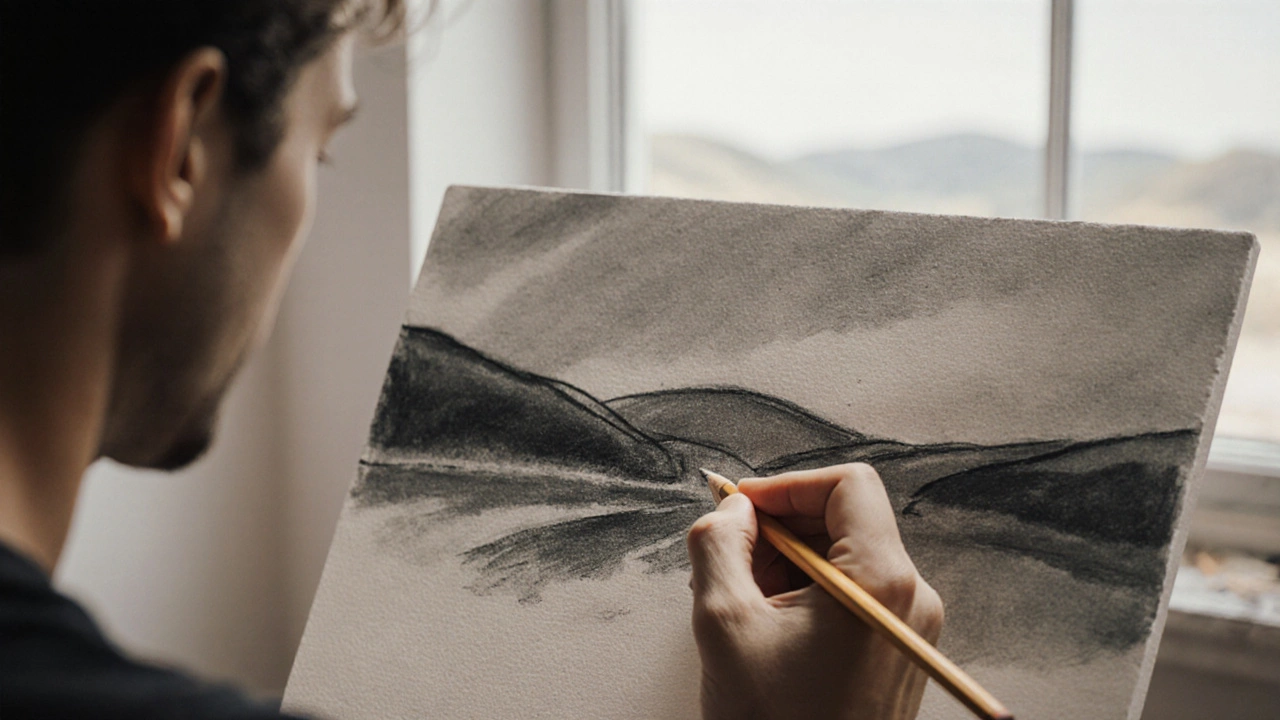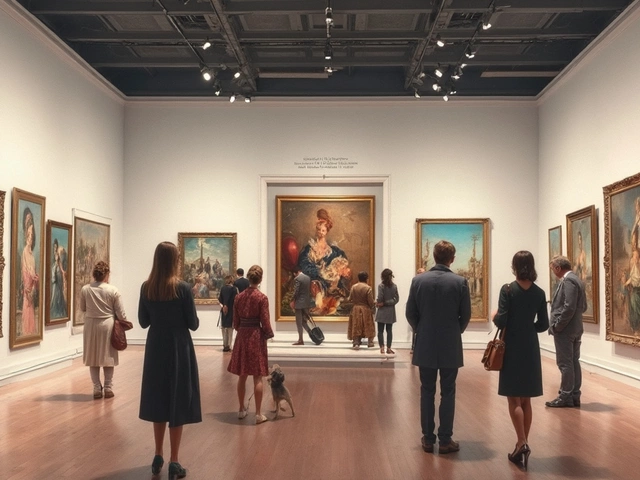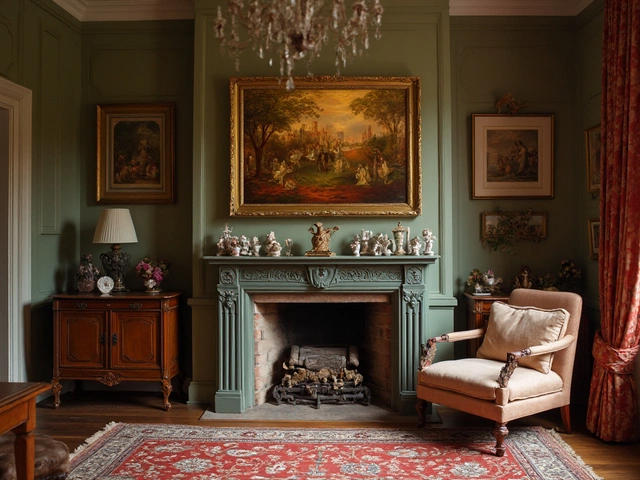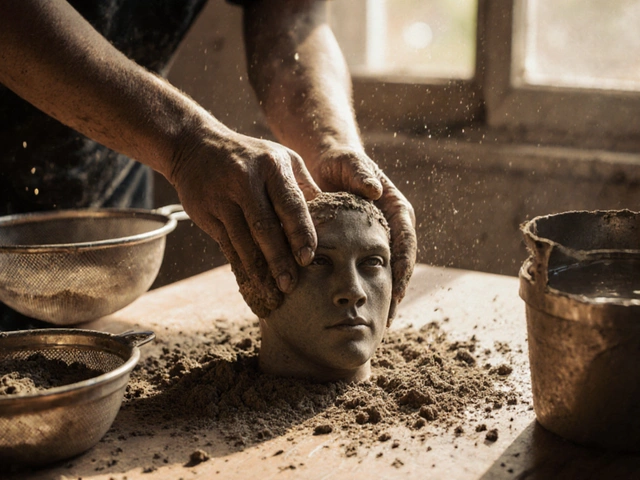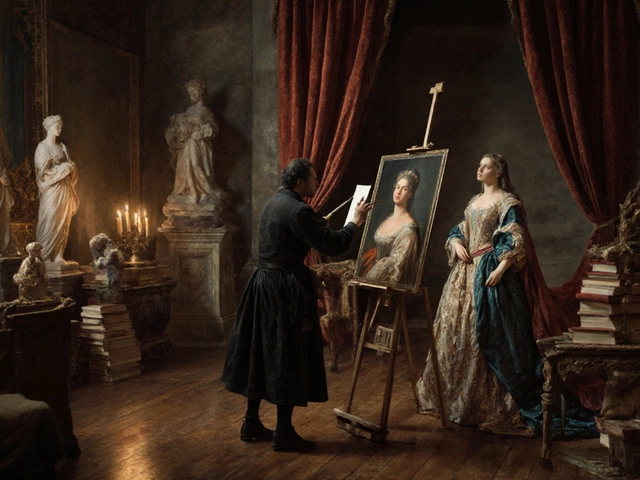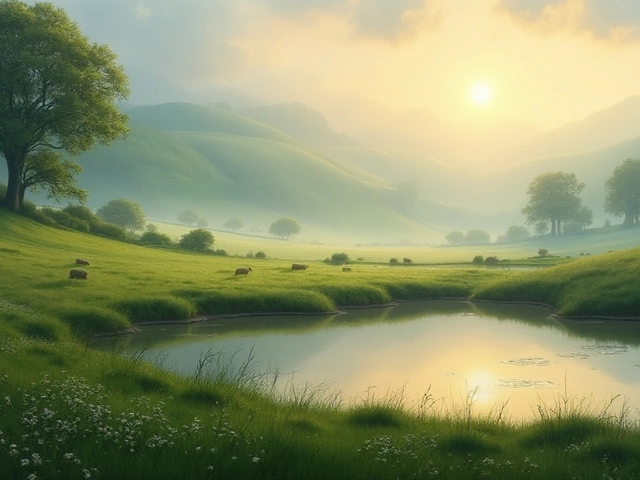Landscape Techniques: Mastering Style, Approach & Execution
When working with Landscape techniques, the methods artists use to capture natural scenery, whether on canvas, paper, or digital media. Also known as landscape methods, they combine observation, skill, and personal vision. Landscape techniques encompass a range of approaches, from quick sketches to detailed studies, and they often dictate the final mood of a piece. Plein air painting, the practice of painting outdoors to record light and atmosphere in real time is a cornerstone of many modern landscape artists. By stepping outside, painters engage directly with the environment, which influences color choices and brushwork. Another crucial concept is the idealized landscape, a stylized depiction that emphasizes beauty over strict realism. This approach shaped the Romantic era and still informs contemporary fantasy scenes. Conversely, the observational landscape, a realistic rendering based on careful study of actual terrain demands accurate perspective and a deep understanding of natural forms. Together, these methods illustrate how landscape techniques require both technical skill and creative interpretation.
Key Concepts in Landscape Techniques
Landscape techniques are tightly linked to perspective, which provides depth and spatial accuracy; mastering one-point or two-point perspective lets you place mountains, trees, and rivers convincingly. Color theory also plays a vital role—knowing how warm and cool hues shift with distance helps create atmospheric depth. The choice of medium, whether oil, acrylic, watercolor, or digital tools, further defines the texture and speed of the workflow. For example, oil paints allow for rich layering, which aligns with the “slow over fast” rule, while watercolors demand quick, decisive strokes to capture light. These technical considerations intersect with stylistic decisions: artists might blend plein air spontaneity with idealized composition, resulting in a hybrid that captures fleeting light yet maintains compositional harmony. This blend shows that “landscape techniques influence artistic style” and “style guides technique selection,” forming a feedback loop that drives artistic growth.
Below you’ll find a curated collection of articles that unpack each facet of landscape techniques. Whether you’re curious about the two main types of landscape paintings, want practical tips on choosing the right surface, or need a quick guide on composition for vertical versus horizontal formats, the posts cover a broad spectrum of skill levels. Expect hands‑on advice, historical context, and clear examples that let you apply what you read straight to your next outdoor session. Dive in to expand your toolkit, sharpen your eye, and see how the right technique can transform a simple view into a compelling work of art.
Painting Order for Landscape Paintings: Start with the Background or Foreground?
Learn the optimal painting order for landscape artworks, from value studies to glazing, with practical steps, tips, and a clear pros‑cons table.
Continue Reading